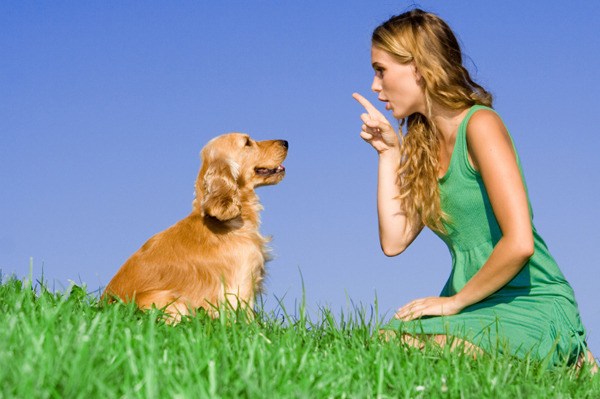I was given a new puppy for my birthday. I really wanted one because they are so sweet and lovable. However, I did forget something. They are a lot of work.
A puppy is a lot like having a baby. They are so sweet and lovable but they too are a lot of work. This isn’t the only similarity between a puppy and a baby. In fact, they are so much alike that by learning to train one, in many ways is like learning to train the other.
I had once attended a dog training class. I was an observer and my partner was one of about six trainers. By the time the class was over, I was a believer that all parents should go through dog training before becoming parents. Now that idea may offend some of you but think about it.
The idea of rewarding good behavior, being patient, being consistent and giving praise should be part of dog training and certainly I hope everyone recognizes the ingredients of good parenting. I don’t believe the choke-chain philosophy of dog training works with either children or dogs.
So what did I learn in dog training that I have since used in parenting? It begins with a basic belief that you have to love your child and, of course, your dog. You would certainly think that anyone who would have a dog would love it. Not true. If you go to dog training, you will see that some people are not at all well bonded with their dogs. They never say positive things to the dogs or give them pats on the head.
The same is true for parents. Some parents you will meet are not bonded with their child. It is sad to see this because it is such an important ingredient in raising children and dogs.
In one dog training class, I watched a woman try to get her dog to do what she wanted. All she wanted was for the dog to obey her when she was trying to help him learn how to follow her on a leash. She pulled, jerked, choked the dog and just put her dog through agony and ended failing.
Others in the class jerked up quickly on the dog to get it to stop. It was brief, quick, and they rewarded the dog with a pat on the head. The pats didn’t even happen every time. Rewards every time become expected.
Rewards every once in a while will teach the skill.
Positive patterns
Children and dogs need to go over and over on certain behaviors in order to learn the correct way. It begins with realistic expectations and is followed with consistency from parents to help make learning take place. Being consistent with your child or dog doesn’t mean doing what doesn’t work over and over.
Make sure that most of your behavior with your dog or your child isn’t filled with complaints. Let your child and dog know you are pleased most of the time. You may have to look carefully to find the things to be pleased about but it is worth it.
Don’t bend the rules too often. If your dog gets used to you giving him treats from the table each night, you will have taught him that the rule isn’t really a rule. The same thing is true for your child who doesn’t wash his hands before dinner or who breaks the rules you set for when he is to go to bed.
Both kids and dogs need to be taught how to behave while bringing out their natural abilities. Discipline should lead to more freedom not less.
Enjoy your time with your child or even your new puppy. Learn all you can from each of them. They both have much to learn but also much to teach. If you need some help, find a dog training class and learn a bit more.
Cynthia Martin is the founder of the First Teacher program and director of Parenting Matters Foundation. Reach Martin at pmf@olypen.com or at 681-2250.



